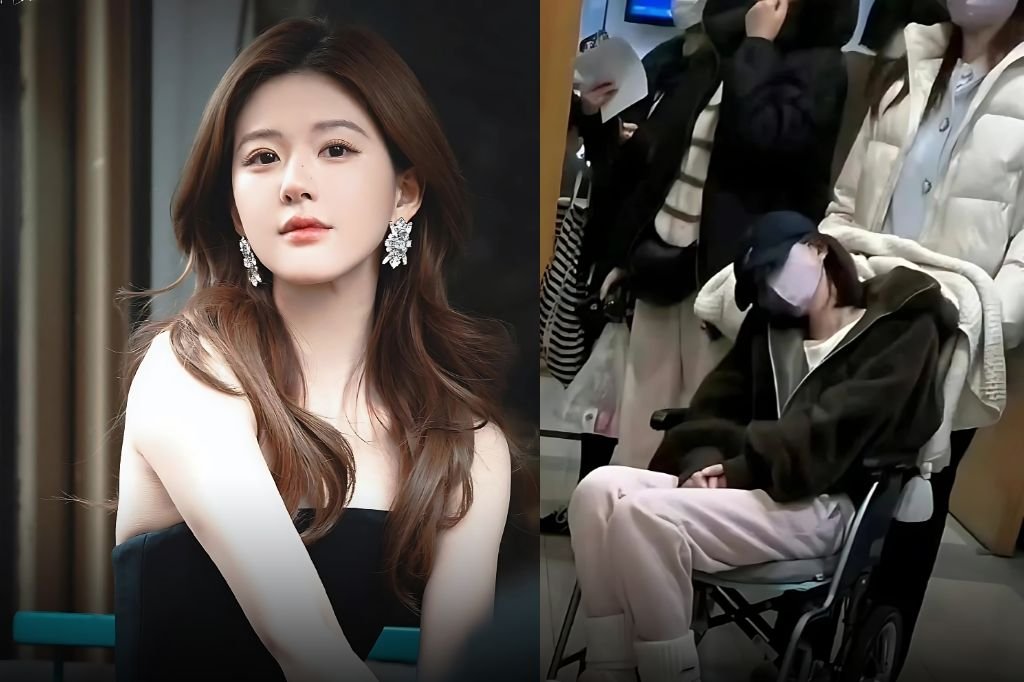Now Reading: Anora Ending Explained: The Heartbreaking Truth Behind the Oscar-Winning Film
-
01
Anora Ending Explained: The Heartbreaking Truth Behind the Oscar-Winning Film
Anora Ending Explained: The Heartbreaking Truth Behind the Oscar-Winning Film

The critically acclaimed film Anora stunned audiences with its raw portrayal of love, power, and identity—culminating in an ending that left viewers speechless. Directed by Sean Baker and starring Mikey Madison (who won the Best Actress Oscar for her role), the movie masterfully blends dark comedy, tragedy, and social commentary. But what does its devastating finale really mean? In this deep dive, we’ll unpack the themes, symbolism, and emotional weight of Anora ending explained, while exploring how its layered storytelling earned its five Oscars.
Table of Contents
Anora’s Plot Summary: A Fairy Tale Gone Wrong
Anora follows Annie (Mikey Madison), a stripper and escort who adopts the name “Anora” during her work. Her life takes a whirlwind turn when she meets Vanya (Ivan), the reckless son of a Russian oligarch. What begins as a transactional relationship—$15,000 for a week of companionship—quickly spirals into a Vegas elopement, offering Annie a fleeting escape from her gritty reality.
The first half of the film plays like a romantic fantasy: private jets, luxury mansions, and champagne-fueled nights. But the illusion shatters when Vanya’s family intervenes, forcing an annulment and exposing the brutal hierarchies of wealth and power. Annie’s journey from hopeful bride to heartbroken survivor forms the crux of the story, culminating in a haunting final scene that redefines everything.
Don’t Miss These
- If you want to watch something light humour this week – Binge watch this
- I dare you, you definitely face this problem with Netflix! – Here’s the solution
- If you miss this show i dare you will regret – Check Here
- Do you know the Origins story of Squid Game’s Creepy New Doll Chul-Su – Read Here
- Wednesday Season 2 Fan Theories That Could Be True – Tap Here
Key Themes in Anora
To fully grasp the ending, we must first understand the film’s core themes:
- Transactional Relationships: Every interaction in Anora is a negotiation. Annie trades her body for money, Vanya trades marriage for rebellion, and even minor characters (like cleaners or bodyguards) comply with orders to survive. This theme underscores how capitalism reduces human connection to mere exchange.
- Identity vs. Performance: Annie’s dual identity—Annie (her work persona) vs. Anora (her true self)—mirrors her struggle to reconcile her dreams with her reality. Speaking Russian (a language tied to her grandmother) becomes a symbol of vulnerability, reserved for moments when she lets her guard down.
- Power Hierarchies: From oligarchs to hotel workers, the film paints a stark picture of class divides. Vanya’s family wields unchecked authority, while characters like Igor (Vanya’s bodyguard) navigate their roles as both enforcers and victims of the system.
Anora Ending Explained: A Breakdown of the Final Scene

The film’s climax begins with Igor returning Anora’s wedding ring—a stolen token from her failed marriage. This act defies the transactional norms that dominate the story, marking one of the few genuine gestures in the film. But instead of gratitude, Anora responds by initiating a physical encounter, straddling Igor in his car.
Here’s what unfolds—and why it matters:
1. The Ring: A Non-Transactional Act of Defiance
Igor risks his job to return the ring, not for reciprocation, but as an apology for how Anora was treated. His empathy contrasts sharply with Vanya’s indifference, symbolizing solidarity among the “worker” class. However, Anora’s conditioned response—to “repay” him sexually—reveals her internalized view of relationships as transactions.
2. The Kiss: Intimacy vs. Exploitation
When Igor tries to kiss her, Anora resists violently. Kissing represents emotional intimacy, something she reserves for her true self (Anora). By rejecting it, she clings to her “Annie” persona—a shield against vulnerability. The slap isn’t just anger at Igor; it’s self-punishment for nearly letting her guard down.
3. The Breakdown: Anora’s Emotional Release
After fighting Igor, Anora collapses into tears, finally releasing the grief she’s suppressed. This moment strips away her performative bravado, exposing the shattered woman beneath. The silent credits that follow—devoid of the film’s earlier pop soundtrack—force viewers to sit with her pain, mirroring the abrupt return to reality after a fantasy.
Why the Ending Resonates
The final scene ties together the film’s central questions:
- Can love exist without power imbalances? Vanya’s family crushes Anora’s hopes, proving that systemic power trumps personal agency.
- Is self-preservation worth losing yourself? Anora’s transactional habits protect her financially but isolate her emotionally.
- Who gets to define your identity? Anora’s struggle to reclaim her name and language mirrors marginalized voices fighting for autonomy.
Mikey Madison’s Oscar-winning performance shines here, conveying years of trauma in a single sob. Meanwhile, Igor’s quiet compassion offers a sliver of hope—not for a romantic future, but for mutual recognition among the disempowered.
How the Film’s Structure Enhances the Ending
Anora deliberately shifts genres halfway through, jolting audiences from rom-com escapism to gritty realism. This tonal whiplash mirrors Anora’s own disillusionment, making the ending feel both inevitable and shocking. The absence of music in the credits amplifies the silence left by broken dreams, a technique that grounds the story in harsh truth.
Final Thoughts: Why Anora’s Ending Stays With You
Anora isn’t just a film about a failed marriage—it’s a piercing critique of how society commodifies love and labor. The ending forces us to confront uncomfortable truths about class, identity, and the cost of survival. By leaving audiences in stunned silence, it ensures its message lingers long after the credits roll.
Whether you saw Anora as a tragic heroine or a survivor, her story challenges us to ask: In a world where everything is transactional, what does it cost to stay human?
Loved this breakdown? Share your thoughts in the comments, and don’t forget to bookmark for more Oscar-winning film analyses!
























